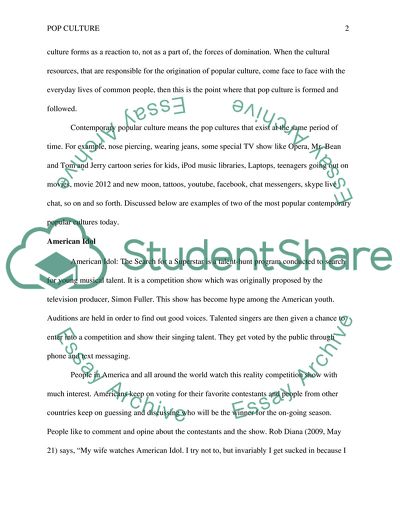Cite this document
(Feminist Theories and Contemporary Popular Culture Coursework, n.d.)
Feminist Theories and Contemporary Popular Culture Coursework. Retrieved from https://studentshare.org/gender-sexual-studies/1740153-what-do-feminist-theories-have-to-say-about-contemporary-popular-culture
Feminist Theories and Contemporary Popular Culture Coursework. Retrieved from https://studentshare.org/gender-sexual-studies/1740153-what-do-feminist-theories-have-to-say-about-contemporary-popular-culture
(Feminist Theories and Contemporary Popular Culture Coursework)
Feminist Theories and Contemporary Popular Culture Coursework. https://studentshare.org/gender-sexual-studies/1740153-what-do-feminist-theories-have-to-say-about-contemporary-popular-culture.
Feminist Theories and Contemporary Popular Culture Coursework. https://studentshare.org/gender-sexual-studies/1740153-what-do-feminist-theories-have-to-say-about-contemporary-popular-culture.
“Feminist Theories and Contemporary Popular Culture Coursework”. https://studentshare.org/gender-sexual-studies/1740153-what-do-feminist-theories-have-to-say-about-contemporary-popular-culture.


